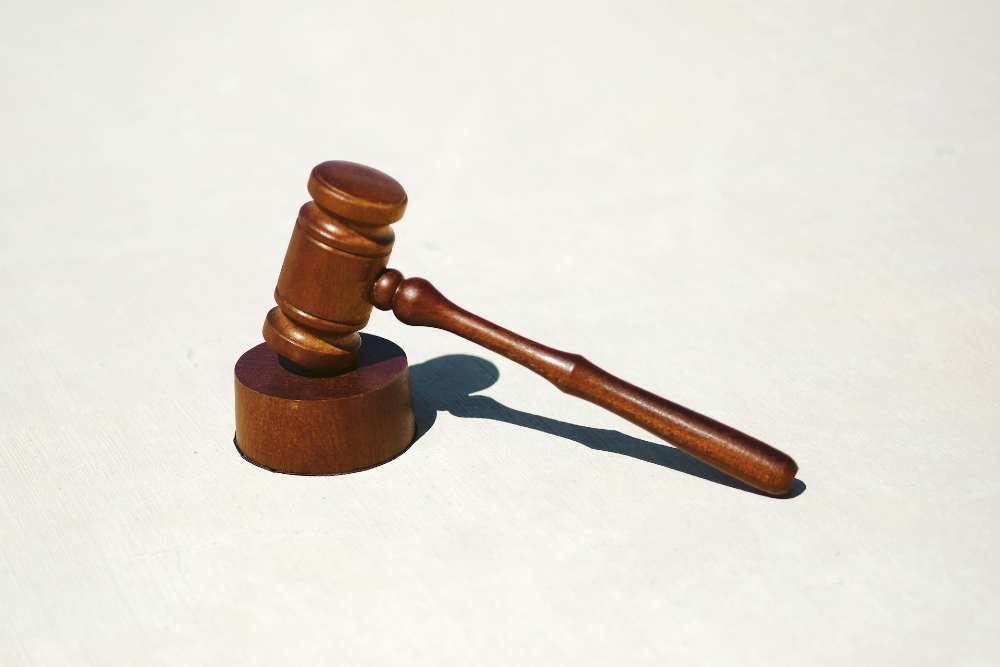Personal injury liability, a cornerstone of legal proceedings, delves into the determination of responsibility for harm or injury caused by negligence or wrongful conduct. This article aims to illuminate the nuances of personal injury liability, dissecting legal principles, exploring influencing factors, and delving into common types of cases.
Legal Principles
Negligence
Negligence stands as the linchpin of personal injury cases, signifying the failure to exercise a reasonable level of care. Its four key elements—duty of care, breach of duty, causation, and damages—serve as the foundational pillars in establishing the liability of the at-fault party.
Strict Liability
In instances where fault or intent is not the focal point, strict liability comes into play. This legal principle assigns responsibility for harm caused by inherently dangerous activities or defective products, emphasizing the need for accountability irrespective of fault.
Intentional Torts
Delving into intentional torts reveals a different facet of liability, where harm is inflicted purposefully. Actions like assault, battery, or intentional infliction of emotional distress fall under this category, necessitating a distinct examination of intent and consequences.
Factors Influencing Liability Determination
Duty of Care
The crux of establishing liability often lies in defining the duty of care. This duty varies based on the context and relationship between parties, demanding a thorough analysis of the legal obligation to act reasonably and prevent foreseeable harm.
Breach of Duty
Identifying a breach of duty is pivotal in determining liability. This step involves scrutinizing whether the responsible party failed to meet the expected standard of care, and the extent to which this breach contributed to the harm suffered.
Causation
Proving causation establishes a direct link between the defendant’s actions and the resulting injuries. The legal concept of proximate cause and the foreseeability of harm are crucial in demonstrating that the actions were a substantial factor in bringing about the injuries.
Damages
The assessment of damages encompasses economic and non-economic factors, quantifying the harm suffered by the injured party. This step involves a meticulous examination of the tangible and intangible losses incurred as a result of the incident.
Common Types of Personal Injury Cases and Liability
Car Accidents
Determining liability in auto accidents extends beyond mere fault attribution. Traffic laws, driver behavior, and the concept of comparative negligence come into play, necessitating a comprehensive evaluation to ascertain responsibility accurately.
Slip and Fall
The duty of property owners to maintain safe premises is central to liability determination in slip and fall cases. A nuanced analysis of the property owner’s responsibility, coupled with consideration of any contributory negligence on the part of the injured party, guides the assessment.
Medical Malpractice
Medical professionals are held to a high standard of care, and deviations from this standard may lead to liability. Expert witnesses often play a crucial role in assessing whether the standard was breached, aiding in the determination of liability.
Product Liability
Manufacturers bear the responsibility for ensuring product safety. Liability hinges on the examination of defects, inadequate warnings, or failures in design, underscoring the need for rigorous scrutiny in establishing the manufacturer’s accountability.
Role of Evidence in Liability Determination
Gathering and presenting compelling evidence is pivotal in establishing liability. Eyewitness accounts, comprehensive medical records, surveillance footage, and expert testimony contribute to building a robust case, offering a multifaceted perspective on the incident.
Comparative Fault and Liability Allocation
In cases involving multiple parties, the principles of comparative fault, including contributory and comparative negligence, impact how liability is allocated. Understanding the nuances of these principles is crucial in determining the proportional responsibility of each party involved.
Grasping the intricacies of personal injury liability is vital for those navigating the aftermath of an injury. While this guide offers valuable insights, seeking personalized legal advice ensures that individual rights are protected. Consult with a qualified attorney to navigate the complexities effectively and make informed decisions throughout the personal injury liability process.

